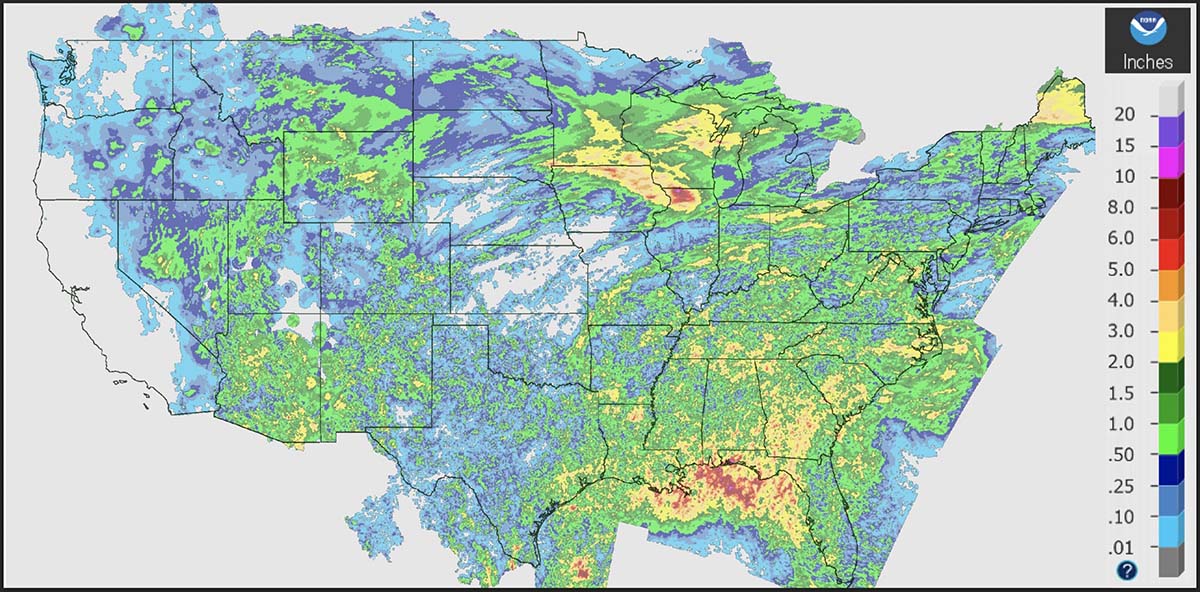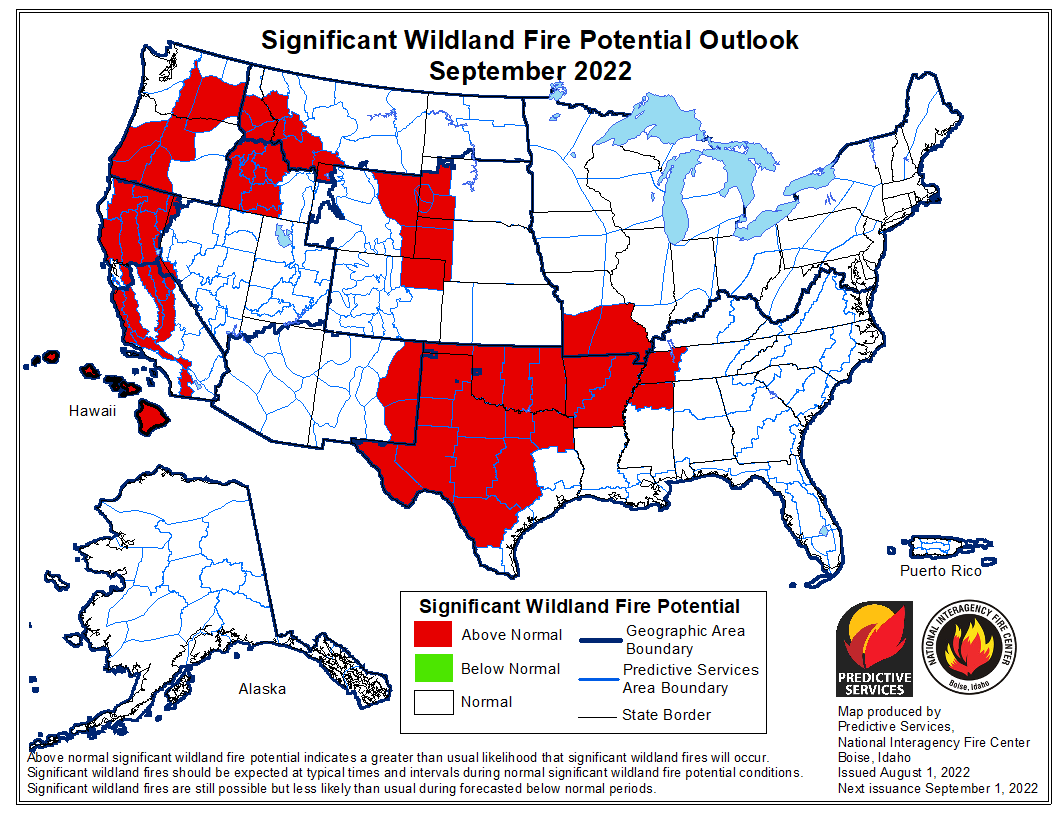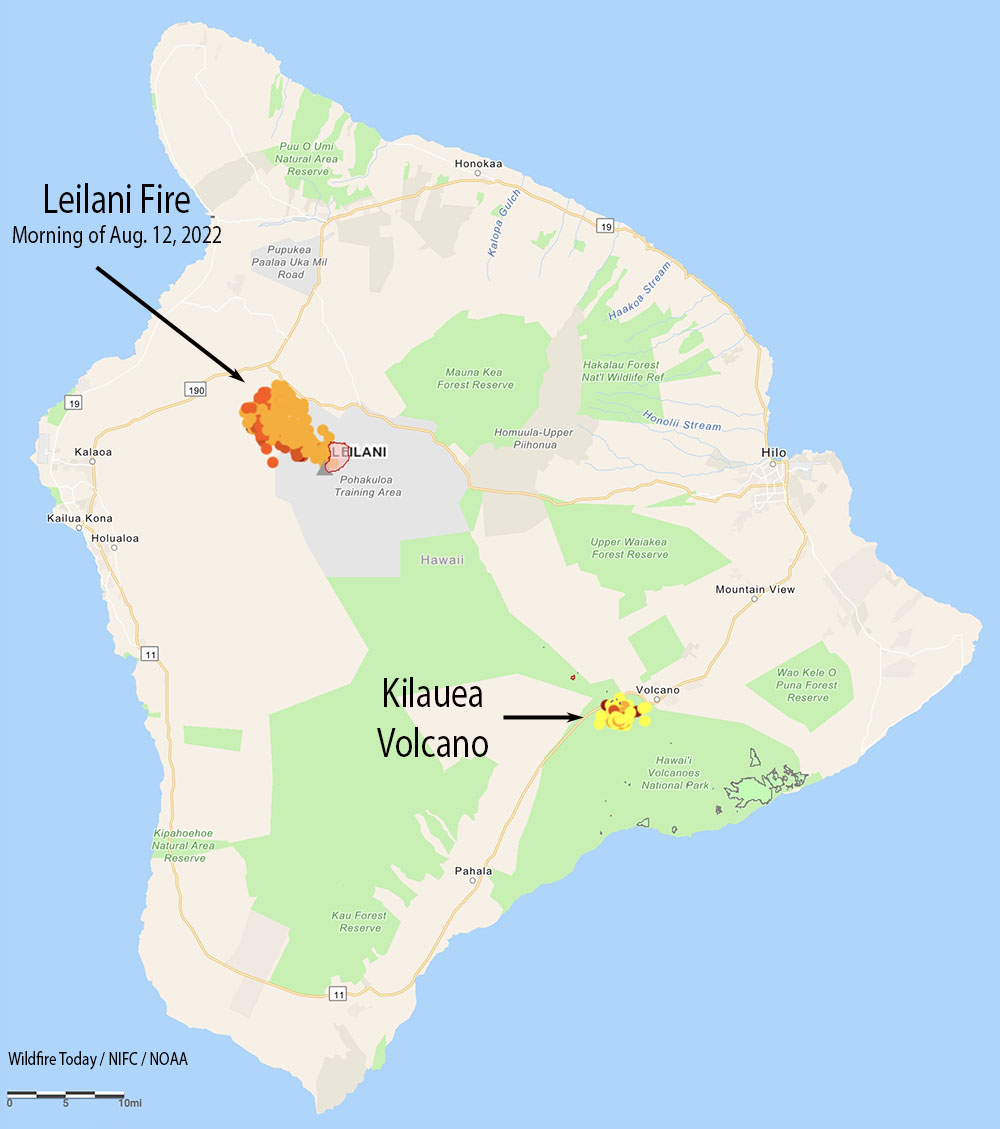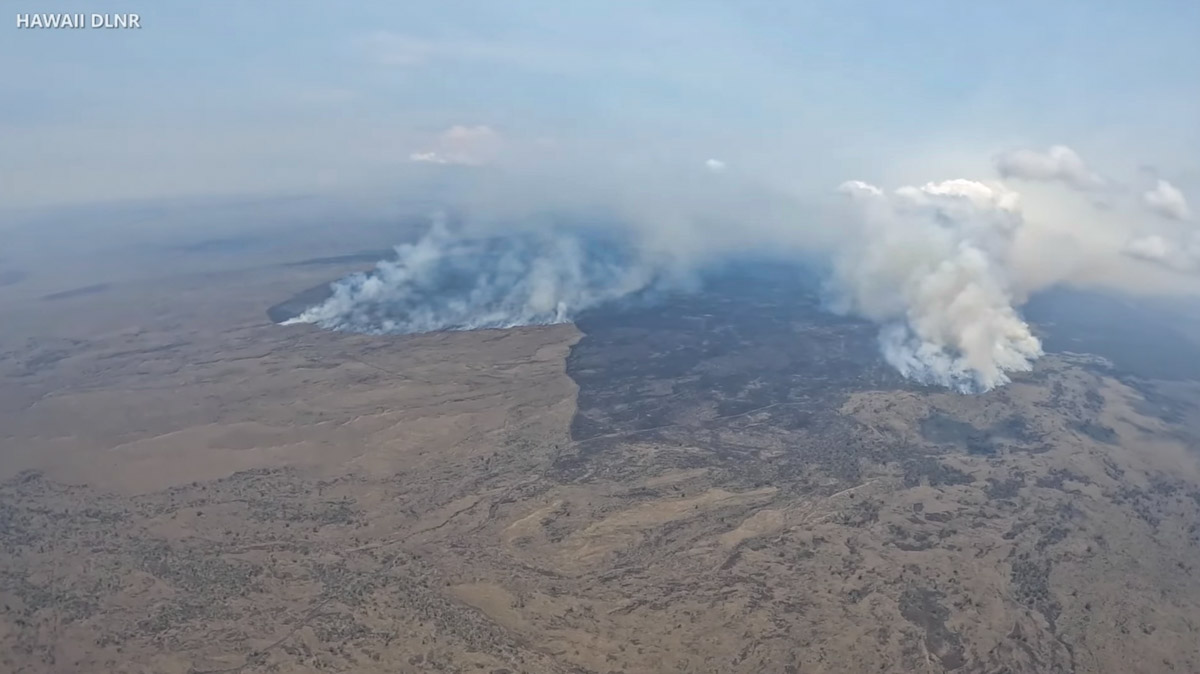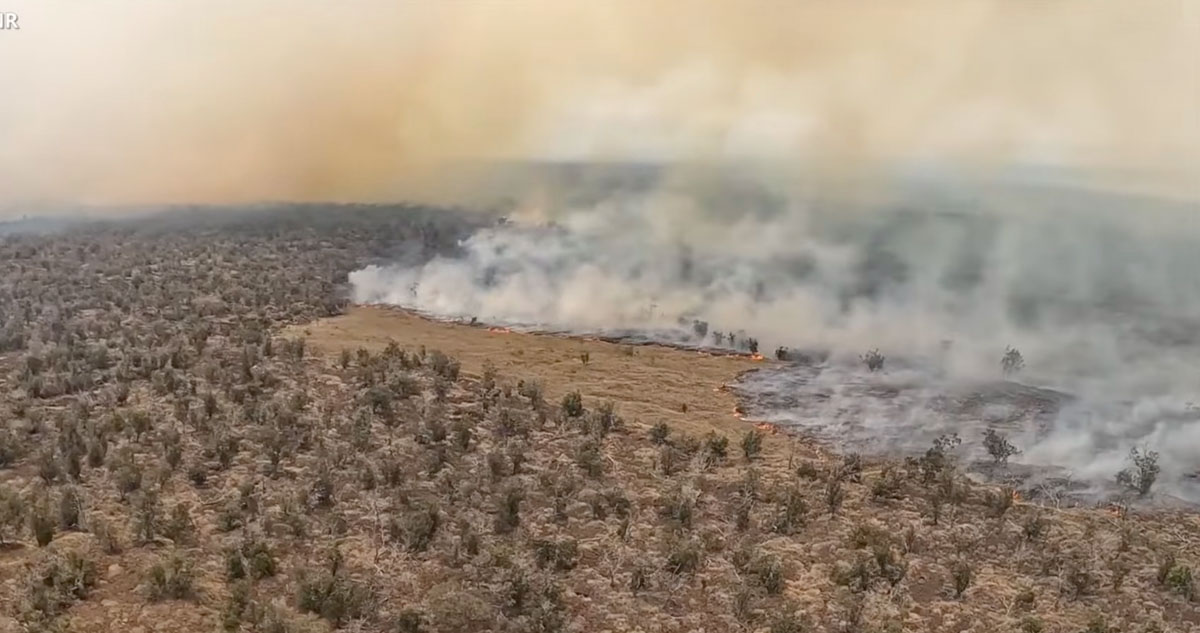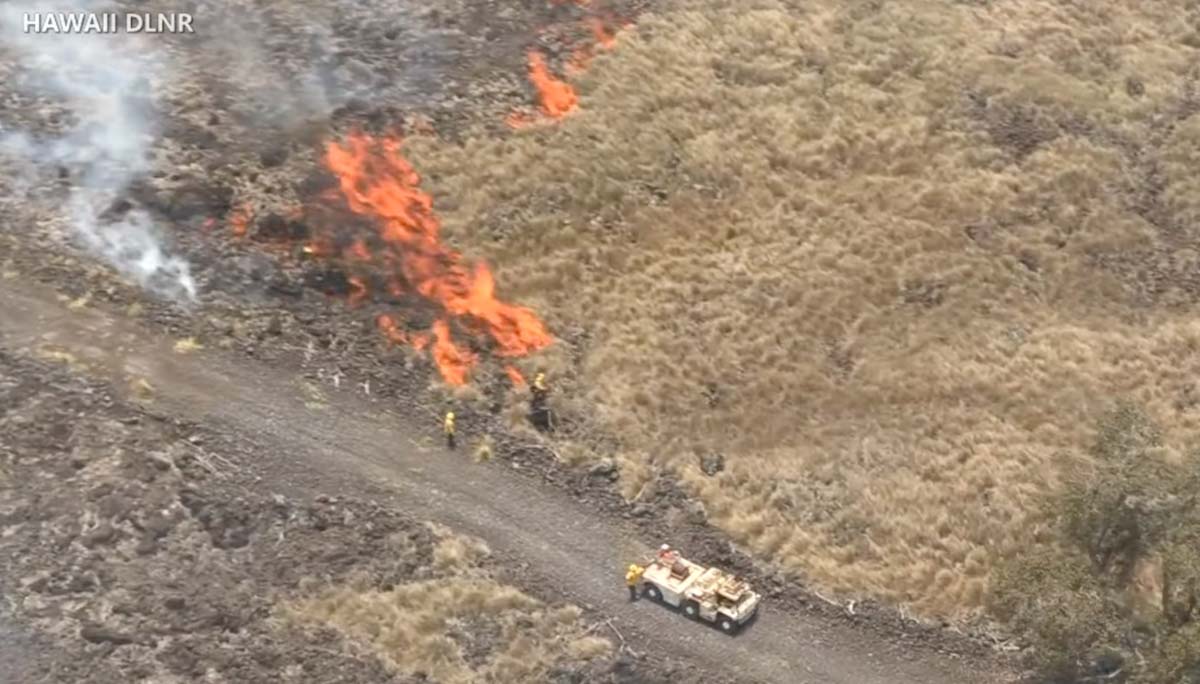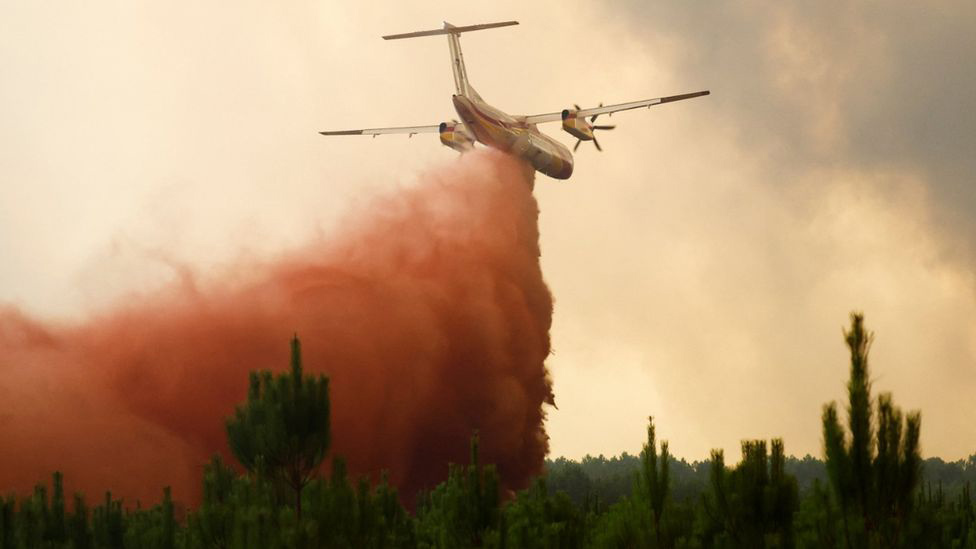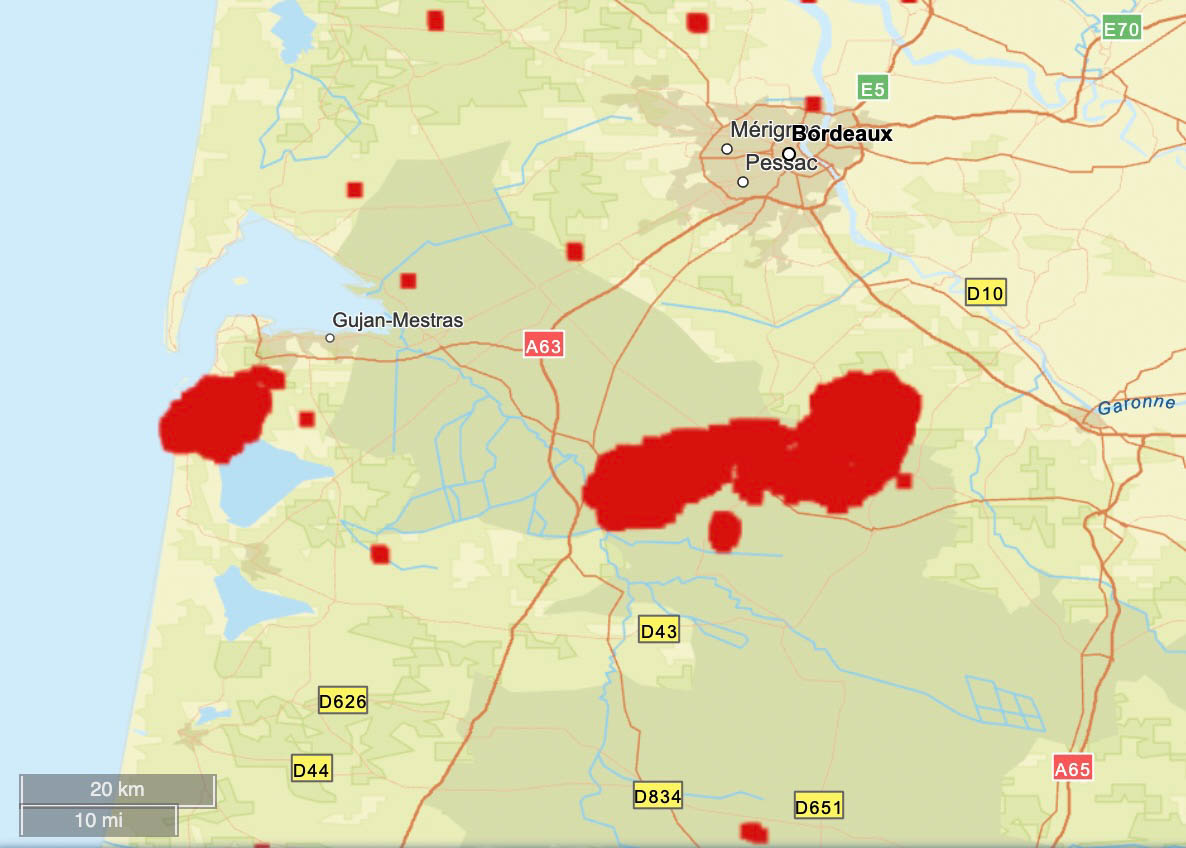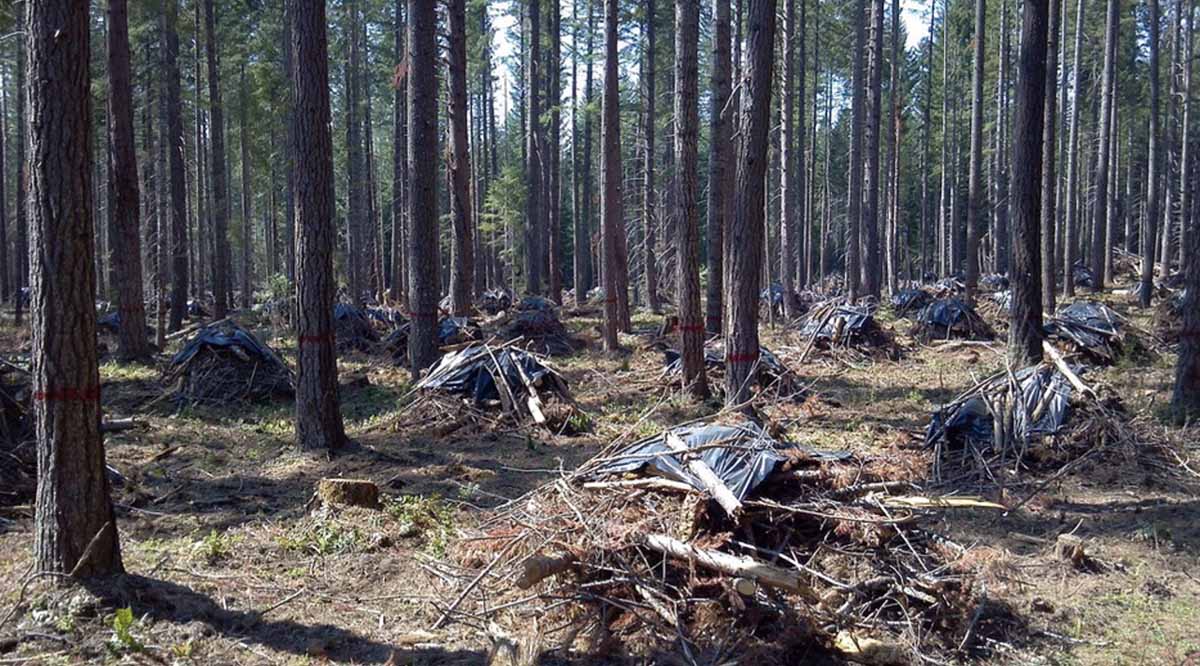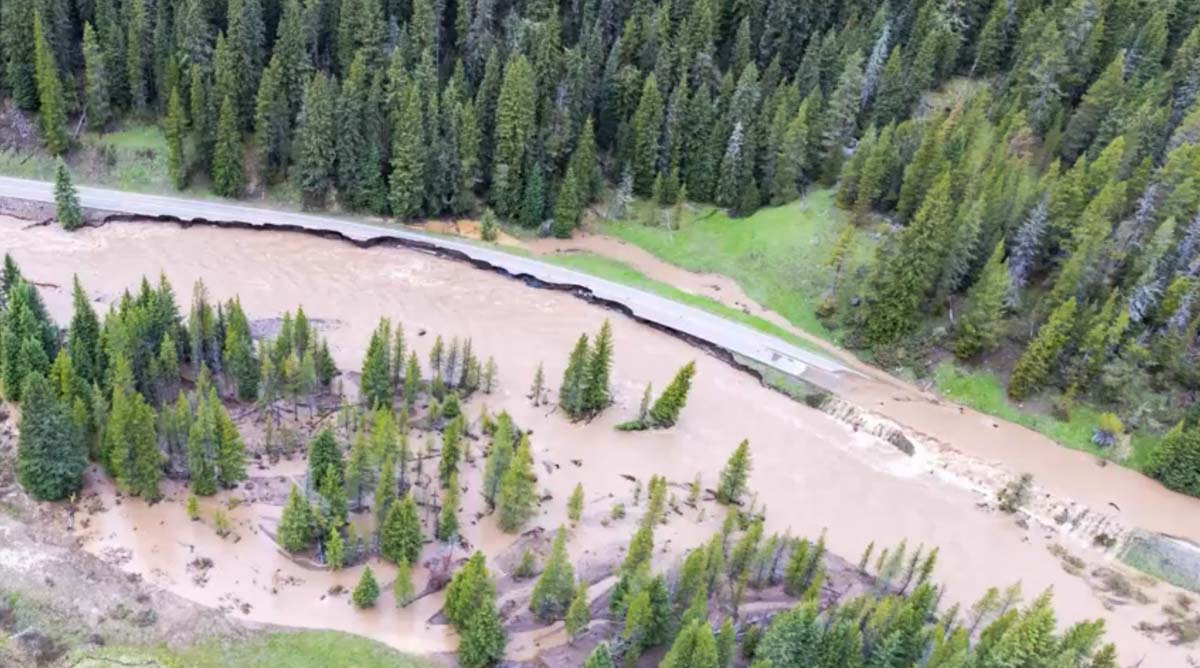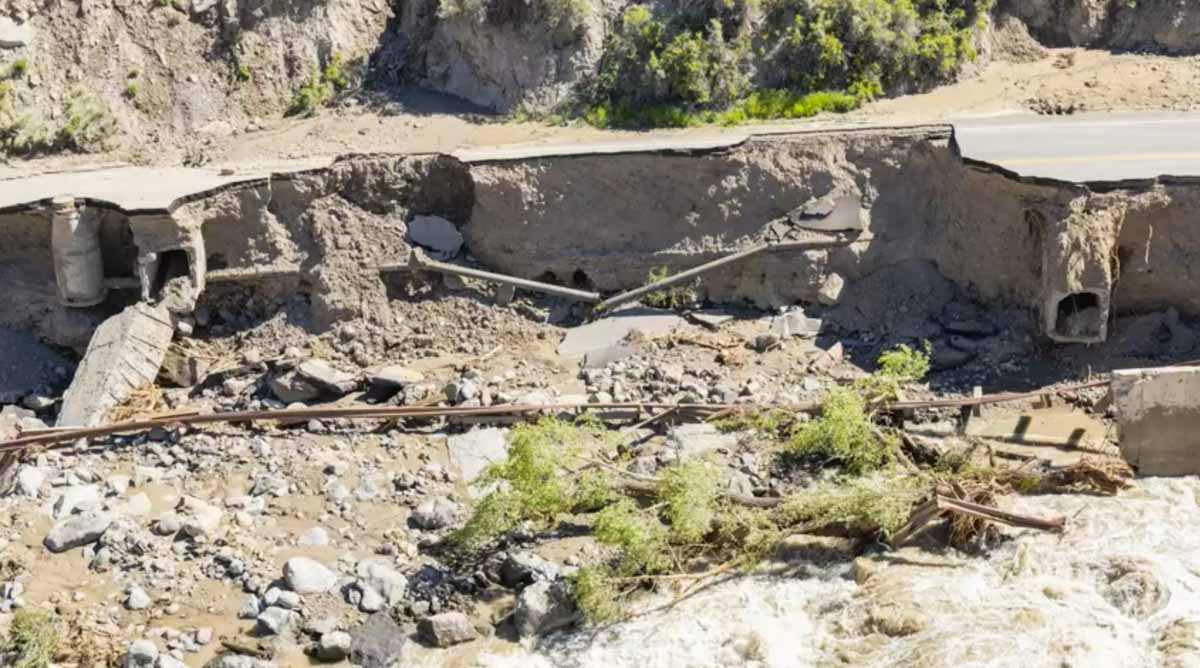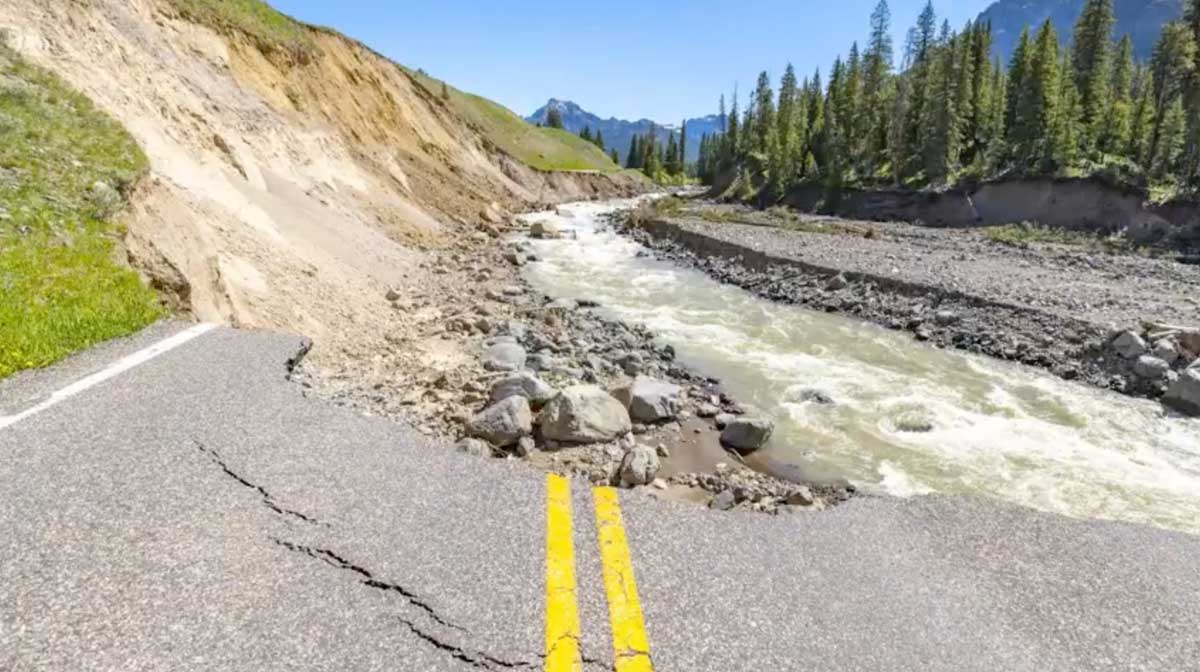
From the National Park Service, Yosemite National Park, August 12, 2022:
“We are sad to report that pioneering Yosemite scientist Jan van Wagtendonk died on July 15, 2022.
“Jan was a Yosemite and National Park Service legend: an accomplished scientist, a preeminent fire ecologist, a wilderness advocate, and a beloved colleague. He was an innovative wilderness manager, coming up with the trailhead quota system that we still use today to protect wilderness while ensuring that hikers are free to enjoy that wilderness on their own terms. His impact affects fire policy to this day as one of the authors of the first federal fire policy in 1995. Jan possessed an amazing intellect, deep humility, a sharp wit, and a profound love of Yosemite and the Sierra Nevada.
“Jan was a strong advocate for returning fire to the Sierra landscape. His pioneering use of prescribed fire in the early 1970s in and around the Mariposa Grove started us on the path to reestablishing an ecological balance lost in over 100 years of fire suppression. There is poetry, in the words of Jan’s son Kent, that in Jan’s final days the fruits of those efforts had a direct and dramatic effect in saving the Mariposa Grove from the Washburn Fire, which started just outside of the grove.
“Our heartfelt condolences go to Jan’s family and wide circle of friends and colleagues. He was one of a kind, and will be deeply missed.”
The article below from the US Geological Survey was originally written in 2020, based on an interview with Jan van Wagtendonk in 2019:
The first thing to know about emeritus scientist Jan van Wagtendonk is that he loves trees—always has and always will. As a kid, he looked at trees, inventoried trees, wrote a report on trees. One of his neighbors as a kid described young Jan by saying “I never saw him inside.”
He was a forest scientist before he even knew that was a thing you could be.
At age 13, van Wagtendonk was on two-months long family camping trip when he met a forest ranger. Upon realizing that he, too, could work with trees for a living, van Wagtendonk decided to become a forester. Several years later, he entered the forestry school at Purdue University in Indiana.
Wildfire 101
One day in college, van Wagtendonk found a listing on a campus bulletin board for a summer job on a wildland firefighting crew in Oregon. He applied, got the job, and headed West. It was his first experience with wildfire, the subject that would become his life’s work. Unsurprisingly, he loved Oregon—it had great trees—and ended up transferring to Oregon State University. He would spend several summers on fire crews in Oregon and then Alaska, first mopping up the final embers of wildfires and later working as a smoke jumper. The job was to put the fires out. Years later, his job became more about the opposite—reintroducing fire to Western forests.
Van Wagtendonk claims he “had no inkling about fire ecology at all” at the time, but he thinks that several experiences he had during his smoke jumping days may have shaped his thinking as a forest scientist and led him to fire ecology. In one instance, he was assigned to a put out a fire in a remote part of Alaskan tundra. The landscape was dotted with bird nests. The flames were about two inches high, and the fire crept along at about a foot per minute. Van Wagtendonk was struck by the birds’ seemingly nonchalant reaction to the fire: “the fire would be coming, they’d go up like this”—he mimes a bird flapping its wings and rising into the air a few inches as he tells this story— “fire’d go by, and they’d go right back on the nest.”
Many wildfires, he found, were not destructive. They burned slowly, part of the landscape.
After graduating from Oregon State University, van Wagtendonk served in the army as an officer in the 101st Airborne Division and as an advisor to the Vietnamese army. But after four and a half years, he was ready to move on and applied for graduate school, eventually ending up studying fire ecology under Dr. Harold Biswell at UC Berkeley.
Bringing Fire Back to the Forest
Van Wagtendonk began his study of fire ecology just as it was coming into its own as a field and taking forestry by storm. When van Wagtendonk was an undergraduate forestry major, fire ecology was only obliquely mentioned.
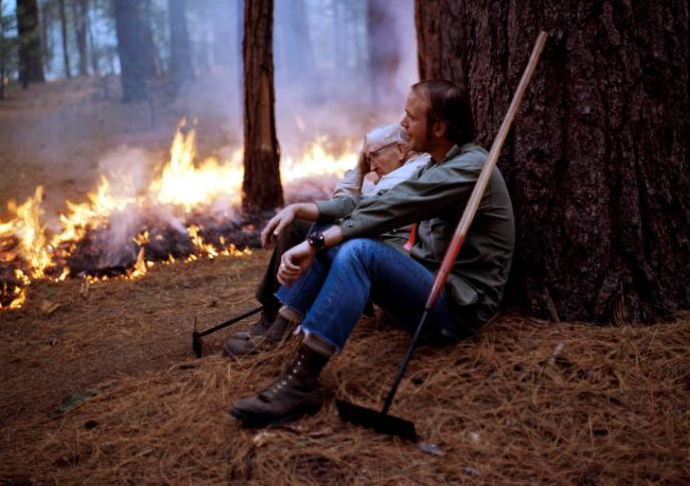
NPS sit against a ponderosa pine near a prescribed fire in 1970 in Yosemite National Park. Van Wagtendonk’s dissertation work on prescribed fire in Yosemite around this time led to prescribed burning guidelines still in use in Yosemite today, and a long career in forest and fire science with the federal government.
At the time, he says, “fire had not been truly accepted as an academic discipline, certainly not something you tell people you’ll set.”
Biswell, van Wagtendonk’s graduate school mentor, was something of an outlier. Biswell would conduct prescribed burns and then take students, scientists, ranchers, land managers, and interested citizens out into the field and show them what he was doing.
Those efforts paid off. By 1968, the year that van Wagtendonk began his doctoral dissertation, lessons from fire ecology were starting to reshape federal fire management policy. The National Park Service, in particular, began incorporating prescribed fire programs in recognition of the ecological role of wildfire; other agencies followed suit in the decade that followed.
Van Wagtendonk’s dissertation research played a major role in this transition. Biswell’s guidance for prescribed burning was based on experience.
“He could go out in the woods and snap a twig and say, okay it’s ready to burn,” as van Wagtendonk tells it. That method wouldn’t do if prescribed burning was to be adopted more broadly. For his dissertation, van Wagtendonk set out to quantify Biswell’s prescriptions. Van Wagtendonk conducted his work at Yosemite National Park after being turned down by the Forest Service. The result? A set of guidelines for prescribed burning that are still in use in Yosemite today.
From Wilderness Management to Megafires: A Career at Yosemite
Soon afterwards, van Wagtendonk was offered a job at Yosemite—and 48 years later, he’s still there, first as an employee and now as an emeritus. The decades have brought changes—to fire ecology, to the park, and to federal government science–and lots of fascinating research about fires, forests, and the way people engage with wild places.
In the 90s, van Wagtendonk moved from the National Park Service to the USGS along with many other federal scientists, keeping his home base at Yosemite. He was among the original scientists of the USGS Western Ecological Research Center that served on the founding Science Council under its first Director, Anne Kinsinger, who is currently the USGS Associate Director for Ecosystems. That Council helped form the Center into the outstanding scientific institution that it is today.
Van Wagtendonk’s research over the years has touched on many aspects of fire science. He has developed methods for mapping fuel types, assessed the effects of fire suppression and fuel treatments like prescribed fire, analyzed patterns of lightning strikes, and studied the influence of fire on owls and small mammals. Over the years, van Wagtendonk has incorporated new technology and methods to the study of fire and wilderness, including GIS, remote sensing, and computer modeling, not only using these tools but also publishing highly-cited guidance on using these tools for fire science.
Van Wagtendonk’s work hasn’t been limited to fire research. Early on in his time at Yosemite, he began to study recreation in the park, especially in its backcountry wilderness areas. Backcountry had increased drastically in the 1960s and ‘70s. Van Wagtendonk described the changes in a 1981 paper, writing that in 1972, managers found trampled vegetation, eroded trails, and up to 200 people camped at popular sites. In the 1970s, the park implemented mandatory permit and quota systems for backcountry use that were informed by van Wagtendonk’s research.
Van Wagtendonk has witnessed Yosemite and fire science shift over the decades. In several publications, he’s traced the history of fire policy and management in Yosemite and beyond. Visitor numbers have skyrocketed at Yosemite, and larger wildfires burn in California as the climate warms. In the past two decades, his research has given more attention to today’s megafires and climate change. There’s still a lot to learn about the future of fire.
It can take a long time for new science to really shape management on the ground, but van Wagtendonk marvels at how far we have come, and how much the still-young field of fire ecology has influenced policy already.
“It has been very gratifying to see my work actually be used in park management and beyond,” he says.
Van Wagtendonk has been in Yosemite for 48 years, and still can’t get enough of it. When he’s not working on his writing and research, he loves to hike and backpack the trails.
“I’ve hiked every trail in the park,” he says. “I’ve been backpacking every summer. . . I’m at the point where I’m going back to places I’ve liked the most . . .but I want to be able to keep doing that as long as I can, do it now before my legs give out.”

Thanks and a tip of the hat go out to Jim, Gerald, and Kelly.

